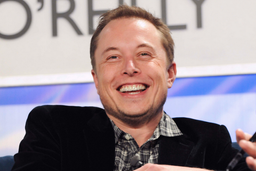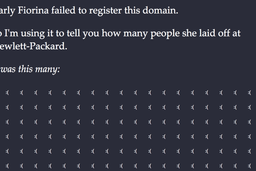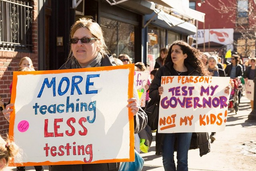The Occupy Movement has made its way to China with protests that began this past Saturday in Hong Kong.
Thousands occupied Hong Kong’s Central District, the financial center of the city, in response to an August 31 ruling by the Beijing government that, while citizens of Hong Kong will have the right to vote for the SAR chief executive, the candidates will be determined by a selection committee and approved by Beijing. Occupy Central with Love and Peace (OCLP) has claimed the Beijing government is in breach of the 1997 handover agreement which assured Hong Kong residents the right to vote for their Chief Executive.
Founded in January 2013 by professors Benny Tai and Chan Kin-man and Reverend Chu Yiu-ming, with the goal of bringing democratic reform to the Special Administrative Region (SAR), OCLP “demands genuine universal suffrage in Hong Kong in compliance with international law, in particular one-person-one-vote and the right to run and be elected to office without unreasonable restrictions.” Students began protesting on September 22 with a week-long boycott of their classes in advance of a planned October 1st OCLP demonstration.
The result was a crackdown by the Chinese authorities involving riot police, tear gas, and censorship.
A directive from the central propaganda department in Beijing ordered websites to delete any mention of the unrest. … Starting Sunday night, officials overseeing Internet censorship blocked Instagram, the popular photo-sharing social network, presumably to ensure that images of the rallies would not spread. Only Internet users who had software to leap over the online control system known as the Great Firewall could get on Instagram, and the blocking of the site ignited outrage among some Chinese Internet users who might have been previously unaware of the Hong Kong protests. …
The words “Occupy Central,” the name of the broad Hong Kong pro-democracy movement, and other similar terms were banned on Monday from searches on Sina Weibo, China’s biggest microblog platform.
Since Hong Kong transfered from British to Chinese control in 1997, it has been alloted considerably more freedom than other Chinese territories. Hong Kong operates under "one country, two systems," a framework that allows Hong Kong more democratic freedom while still remaining a part China.
Although the protests have calmed down, and riot police have left the protest areas, people and students are still gathering in anticipation of the October 1st demonstration.
Please consider supporting our work.

I hope you found this article important. Before you leave, I want to ask you to consider supporting our work with a donation. In These Times needs readers like you to help sustain our mission. We don’t depend on—or want—corporate advertising or deep-pocketed billionaires to fund our journalism. We’re supported by you, the reader, so we can focus on covering the issues that matter most to the progressive movement without fear or compromise.
Our work isn’t hidden behind a paywall because of people like you who support our journalism. We want to keep it that way. If you value the work we do and the movements we cover, please consider donating to In These Times.
Kevin is an educator and freelance writer in Chicago. Follow him on Twitter at @kevinsolari_.



